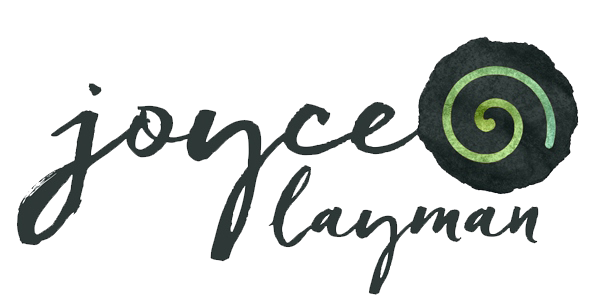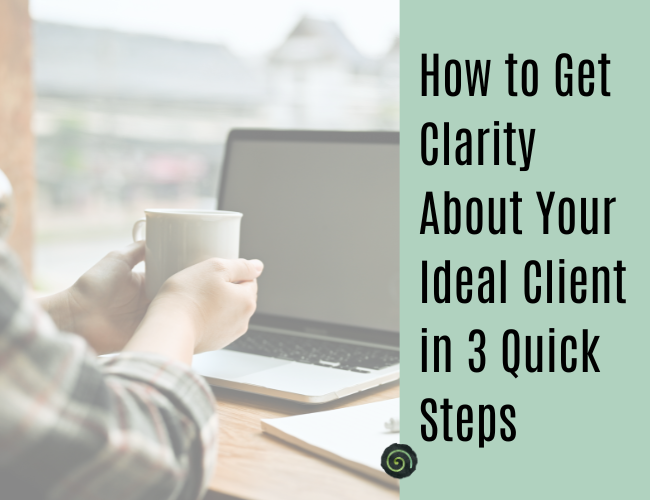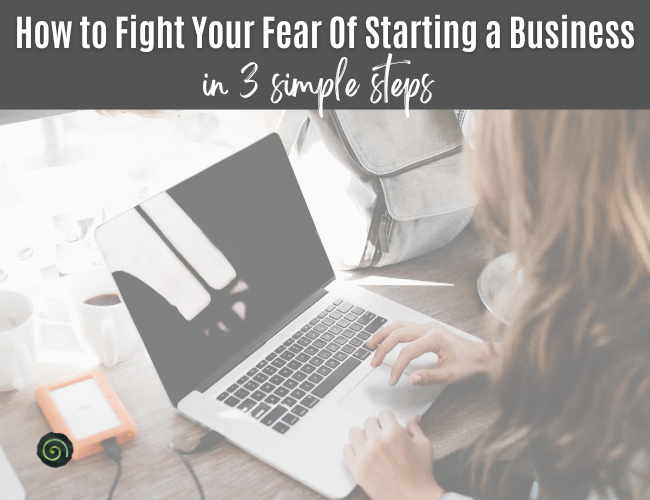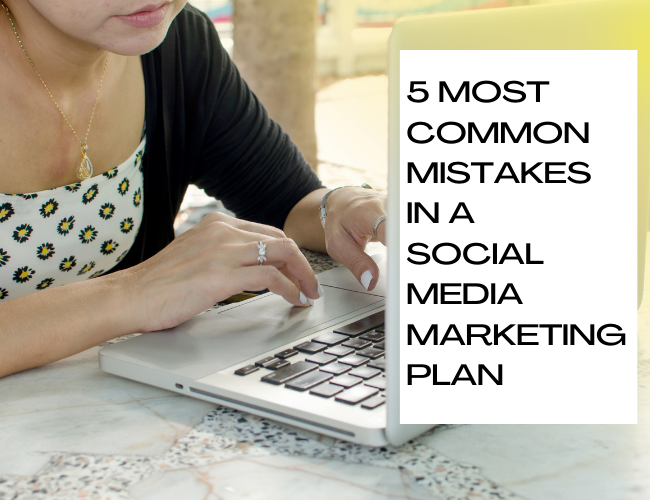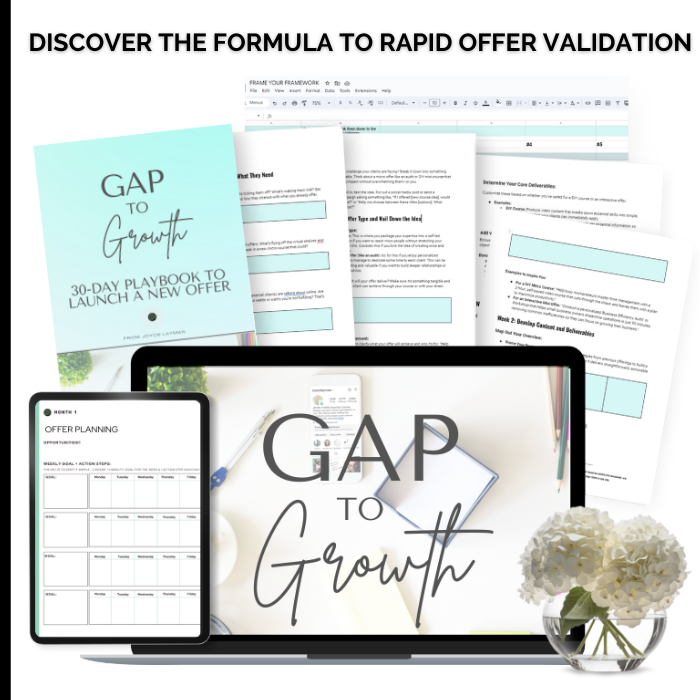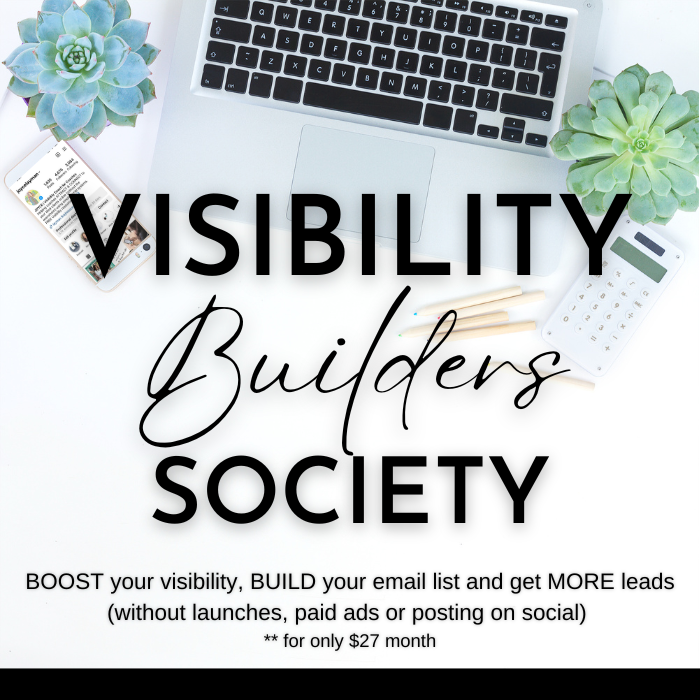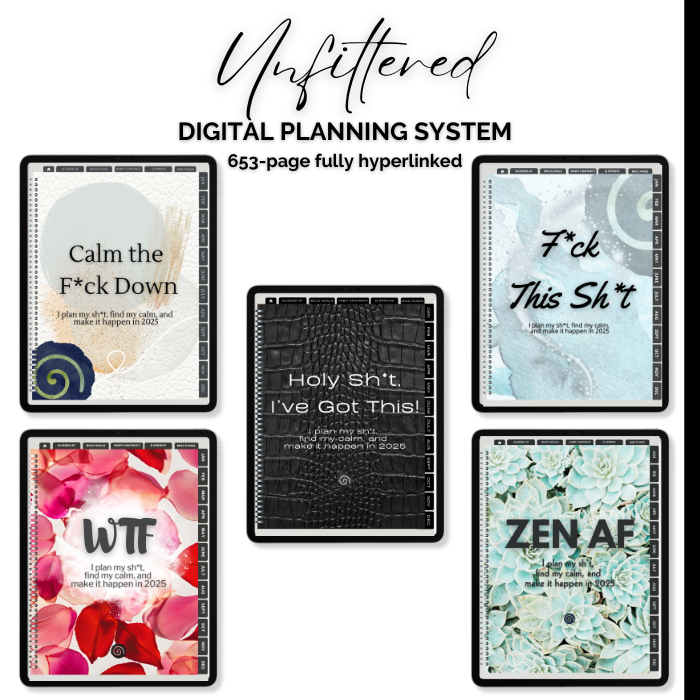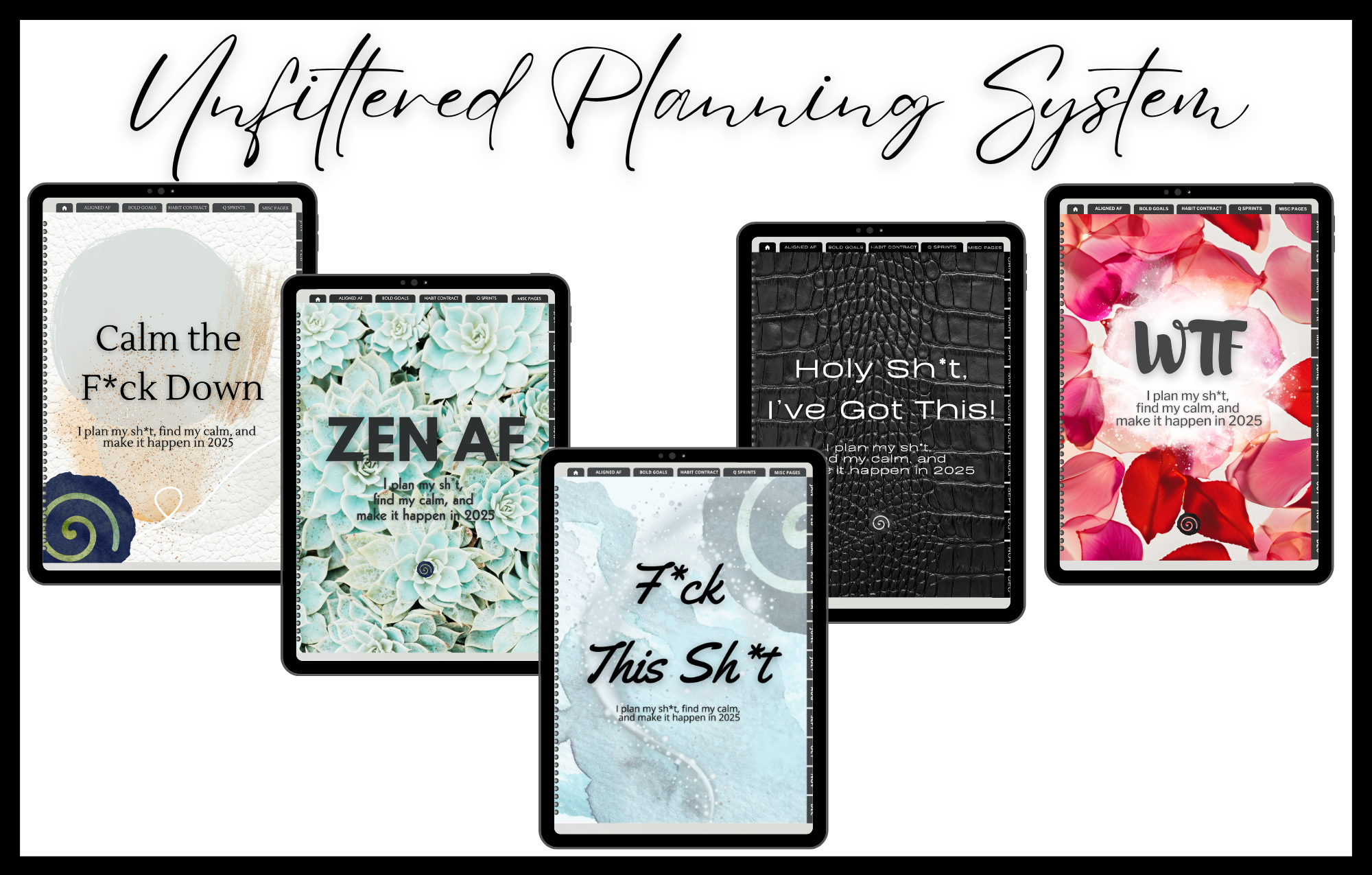(If you’re tired of attracting the wrong people, read this.)
You’ve heard it over and over again: “Know your ideal client.”
Are you crystal clear on who your perfect-fit client is?
Or are you kind of, sort of hoping that your message will magically reach the right people — while secretly wondering why it feels like you’re building offers in a vacuum?
Because here’s the tough truth: without clarity, your branding feels generic.
Your coaching niche ideas are scattered. You’re left wondering how to get coaching clients consistently. And you end up wasting hours trying to figure out how to build a coaching program (and offers) that anyone actually buys.
You’re not alone in this.
Most people think they’ve got this part down, but if you’re still feeling like your content is landing with the wrong crowd (or no crowd at all), there’s likely a gap in your understanding. Not your effort. Not your talent. Just your clarity.
The good news? We’re about to shine a light on that gap.
In fact, a while back I filmed a video breaking down this exact process (it’s a couple of years old but still totally relevant).
Today, though, I want to take it even deeper — because understanding your ideal client isn’t just step one of your business. It is your business.
.
Step 1: Get Clear on Who You Really Want to Work With
Here’s what happens when you skip this:
You wake up every day trying to please an audience that feels like a black hole.
You create content, offers, even entire programs, but the right people aren’t showing up. Or worse, you’re stuck with tire-kickers and freebie hunters who drain your energy.
This is why we start with what you want in a client.
Not just who needs you, but who you genuinely want to serve.
Here’s the lens I teach my clients to use — what I call the A B C method:
✅ A Clients: Your high-level, dream clients. The ones who invest in your signature coaching program or your most premium offer. High commitment, high trust.
✅ B Clients: Your core clients. Likely the majority of your revenue, these clients invest in group programs or mid-range services. They see your value and want to grow with you.
✅ C Clients: The early-stage, entry-point audience. Maybe they start with a low-ticket offer, freebie, or strategy session. They’re often overlooked but have real potential to grow into B and even A clients if nurtured well.
Quick action?
Audit your current audience. Who falls where?
Not sure? That’s okay — most aren’t. But this is where the clarity starts.
And this isn’t just theory — let me show you how this plays out.
One of my clients, a career coach active on LinkedIn, used to focus only on prospects she assumed could afford her services. If someone was between jobs, she wrote them off, thinking they couldn’t hire her anyway. But when I introduced her to the A B C framework, it clicked.
She realized she could create a simple lead magnet — interview tips for job seekers — to keep her C clients engaged in her community.
Without extra effort, she stayed top of mind. And when these prospects landed new roles, they came back ready to invest at the B or even A level.
✔️ Now, her emails speak to all three client types.
✔️ Her offers are layered to meet her audience where they are in their journey.
✔️ She’s not just thinking about her niche — she’s building depth into her entire ecosystem.
Ask yourself:
- Are you currently ignoring an audience segment because you think they’re not ready or can’t afford you?
- Are you clear on which of your offers serve A, B, and C clients?
- Are you making it easy for clients to grow with you, or accidentally forcing them to leap from freebie to high-ticket with nothing in between?
When you get clear here, you stop feeling like you’re chasing the wrong crowd. Instead, you build an ecosystem that attracts the right people at the right stage.
Step 2: Understand Why They Need You (Not Just What You Sell)
Here’s a sneaky trap:
Most business owners think they’re selling their program, service, or expertise. But your clients? They’re looking for something else entirely: a bridge from their current frustration to their desired outcome.
Your job is to understand why they need that bridge.
What’s the gap between where they are today and where they want to be? And why does it matter so much to them, right now?
- Are they exhausted from trying to figure out how to get from their point A to their point B with less overwhelm?
- Are they stuck spinning in circles, trying to DIY it because they got burned on that last ‘guru’ offer?
- Are they tired of cookie-cutter advice that speaks to the masses instead of to their situation?
- Are they ready for help but not sure where to start?
Recognize this: most clients already feel this gap — even if they can’t fully articulate it yet.
Your role is to name it clearly. Not by giving them step-by-step solutions in your free content, but by showing them you see them.
Because when you describe the gap better than they can, you become the obvious guide.
Consider:
- What quick wins could you highlight to show them progress is possible?
- Are you clear on the deeper reasons they’re hesitating to invest in themselves?
- Are you using their words (not just industry jargon) when you describe their struggles?
Get curious here. It’s not about “how to fix it” in your free content — it’s about revealing the depth of the gap so they’re motivated to take the next step.
Step 3: Pinpoint Who Needs You Now
It’s easy to assume everyone could use your expertise.
But the real question is: who is actively looking for what you offer?
Understanding your A B C clients and their gap is one thing.
But knowing who is most ready to take action right now? That’s how you stop crossing your fingers and start attracting intentional clients.
Consider:
- Who is already engaging with your content?
- Are there specific LinkedIn groups, podcasts, or communities buzzing about the problems you solve?
- What questions are they asking in the comments, in DMs, in their own content?
- Are they already spending money on related services, books, or courses?
This is why audience research isn’t a one-and-done task.
Patterns emerge when you stay curious. And these patterns point you to the people who are eager for your solutions — today.
When you spot these signals, you stop wasting time on audiences that aren’t ready. You focus your energy where it counts, and your efforts compound.
The Bottom Line: Clarity Converts
Your perfect-fit clients?
They’re closer than you think.
But you’ll never attract them if you’re stuck in generic messaging, surface-level niching, or “hope marketing.”
The truth is, you don’t need to chase every client. You need to understand the right clients deeply — and know exactly how to speak to their gap, their stage, and their readiness.
And if you’re ready to do that (without spending hours guessing), I’ve got something that will help.
👉 Grab the AI Dream Client Builder.
This micro program walks you through mapping your A B C clients, identifying the real gaps in their journey, and crafting messaging that speaks to them so clearly they’ll wonder if you’re reading their mind. (Hint: with ChatGPT, you kind of are.)
Because clarity isn’t optional anymore — it’s the difference between struggling to sell and building a brand that naturally attracts the right people.
